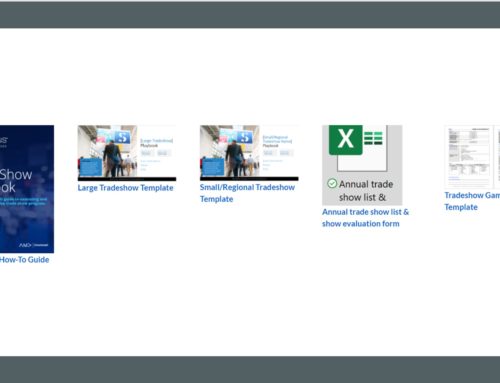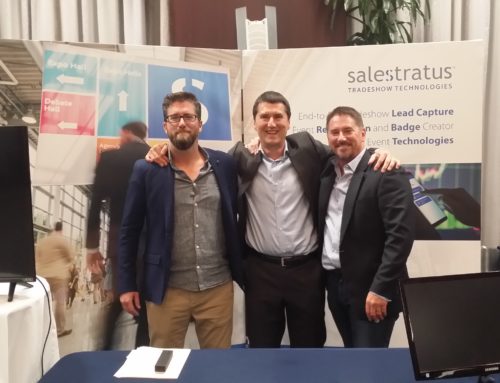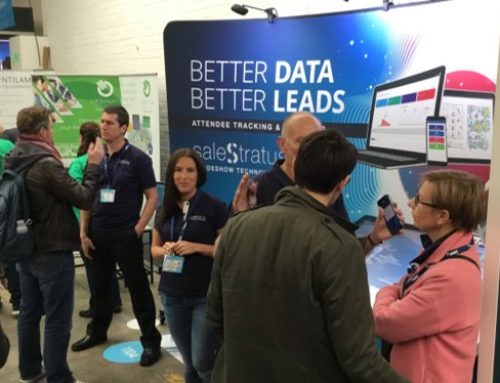The Shocking Truth: All Customer Experiences are Personal
We’ll start off with the simple truth about customer experience: All customer experiences are personal and involve individual human beings.
This implies that you, the business owner, brand manager, or customer experience specialist, have no control over how a person experiences your brand. At best, you can seek to create an environment and context you think is conducive to a person feeling empowered, connected, valued, and inspired.
After years of studying these phenomena and practicing them daily I developed some formulas which, at the very least, offer a framework of how to best position brands to achieve the tenets of empowerment, connection, inspiration and value. I’ll develop a few of them here.
THEM NOT US
Brands tend towards talking about themselves, what they’ve done, what they are good at, why they are considered the best in their field, or worse, what product lines are available. They do it because it’s safe, it’s comfortable, and it’s what they’ve been told to do. Companies always evoke the beloved elevator pitch, as if it makes even the slightest bit of difference in an initial interaction. It doesn’t! What makes a difference is the ability to listen, to empathize, to understand and show interest in what the customers or other partners are going through with your brand, on a personal level. I visited Apple Inc, Executive Briefing Center in Cupertino, CA and they demonstrated how to take the customization of the experience to a whole new level. They had customer profile sheets for sales people to complete with details of each customer, rtheir pain points, their interests, what they were passionate about. Using the information, they crafted an agenda which matched each of the points one by one. They proved time and time again that personalizing the experience, and making about them not us, had an incredible impact on the connection to the brand and purchasing behavior.
SURPRISE!
The element of surprise is a concept introduced in the 1999 Pine & Gilmore book, The Experience Economy, and can be used to great effect when creating the environment for an exceptional experience. Surprise is defined as – an unexpected or astonishing event, fact, or thing – The element of surprise can be introduced in retail or corporate spaces, where sight lines, journeys, or events are mapped in a certain way to allow for discovery at each phase. The same principle can be applied to online experiences, or tradeshow designs. The key idea is to not unveil everything in the first interaction. Build anticipation, leave out details on an agenda, introduce something or someone new that could positively affect the situation. Isn’t it great when unexpectedly, a brand you happen to be dealing with does something out of the blue you are not expecting, and that is relevant to your specific situation. Some of the best examples of this are the cabin crew on cruise line ships. They are trained to listen, pick up on things you’ve said, and provide a personalized surprise here and there which enlightens your day. This goes a long way to feeling relevant, valued and connected.
DON’T SELL – SIMULATE THE FUTURE
The days of demonstrating products are over, way over. Having the impression of being sold to is very off-putting. People want to learn, interact and experience, and then, they want to review, reflect and compare. By enabling prospective customers to learn, interact, and have an experience with your brand, you are creating the conditions which lead to empowerment, connectedness, value, and inspiration. While doing interviews for a large healthcare company on customer experience, the customer said, “Don’t show me what I already have, don’t recreate the environment I am already used to. Show me the future, where this is going, and what I can expect in the years to come.” This one phrase slapped me right in face and then shaped the way we designed our center and built the experience.
One of the best examples of this was a concept another healthcare group called the 5 senses tunnel. It targeted caregivers working in nursing homes and featured a space where they could experience a day in the life of Alzheimer’s patients, whose senses diminish rapidly once the disease takes hold. They were asked to perform certain tasks, wearing ear-plugs to simulate loss of hearing, thick glasses to simulate sight loss, gloves to simulate sensory impairment. Once they had been through the experience they could see the product designs in a very different light. The point is to get creative about educating your customers in an interactive setting that is memorable and fun.
All customer experiences are personal and involve individual human beings. We cannot truly make a person feel one way or another, only they can. We can, however, create triggers which help people feel special, listened to, and powerful.






